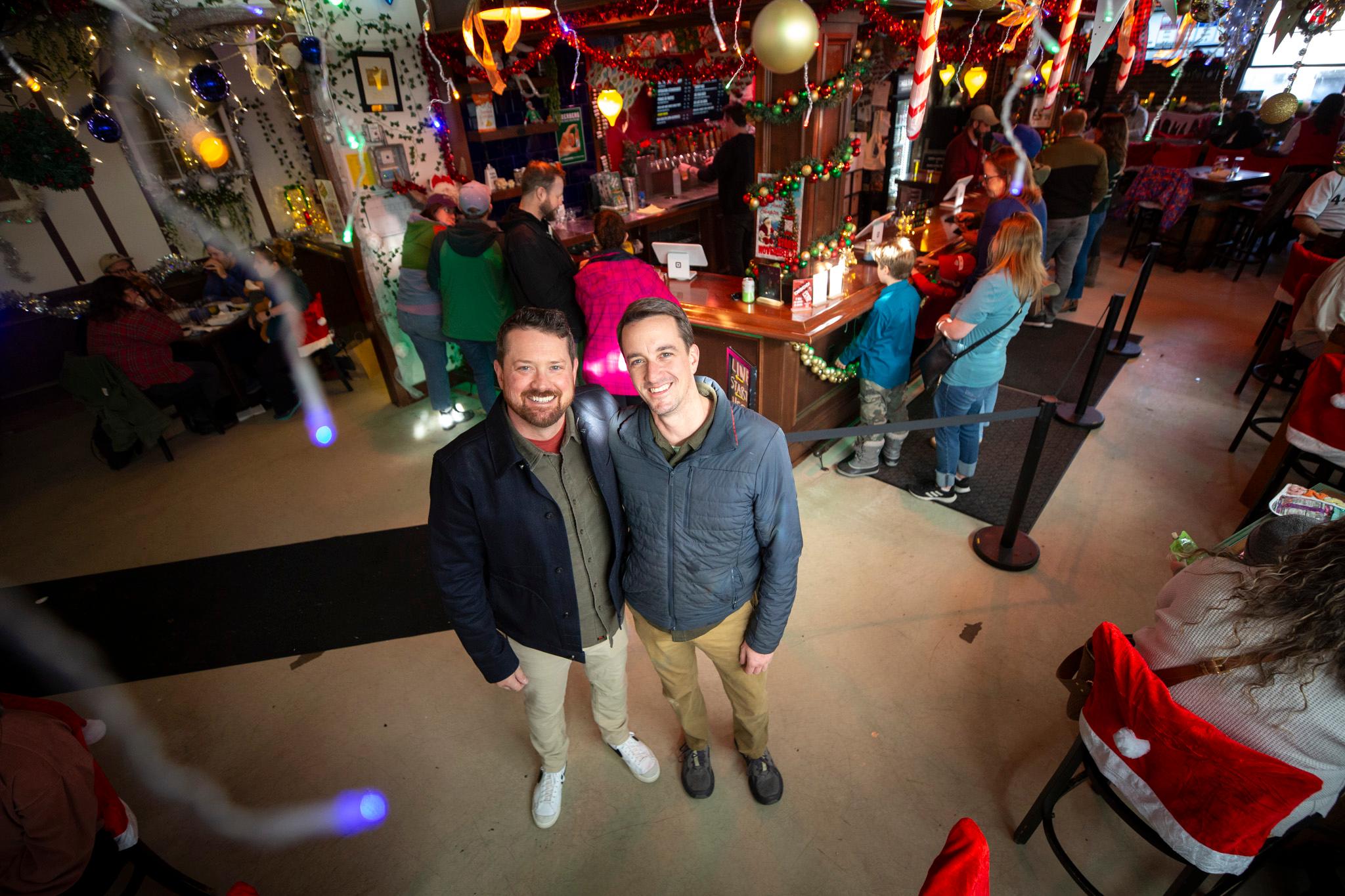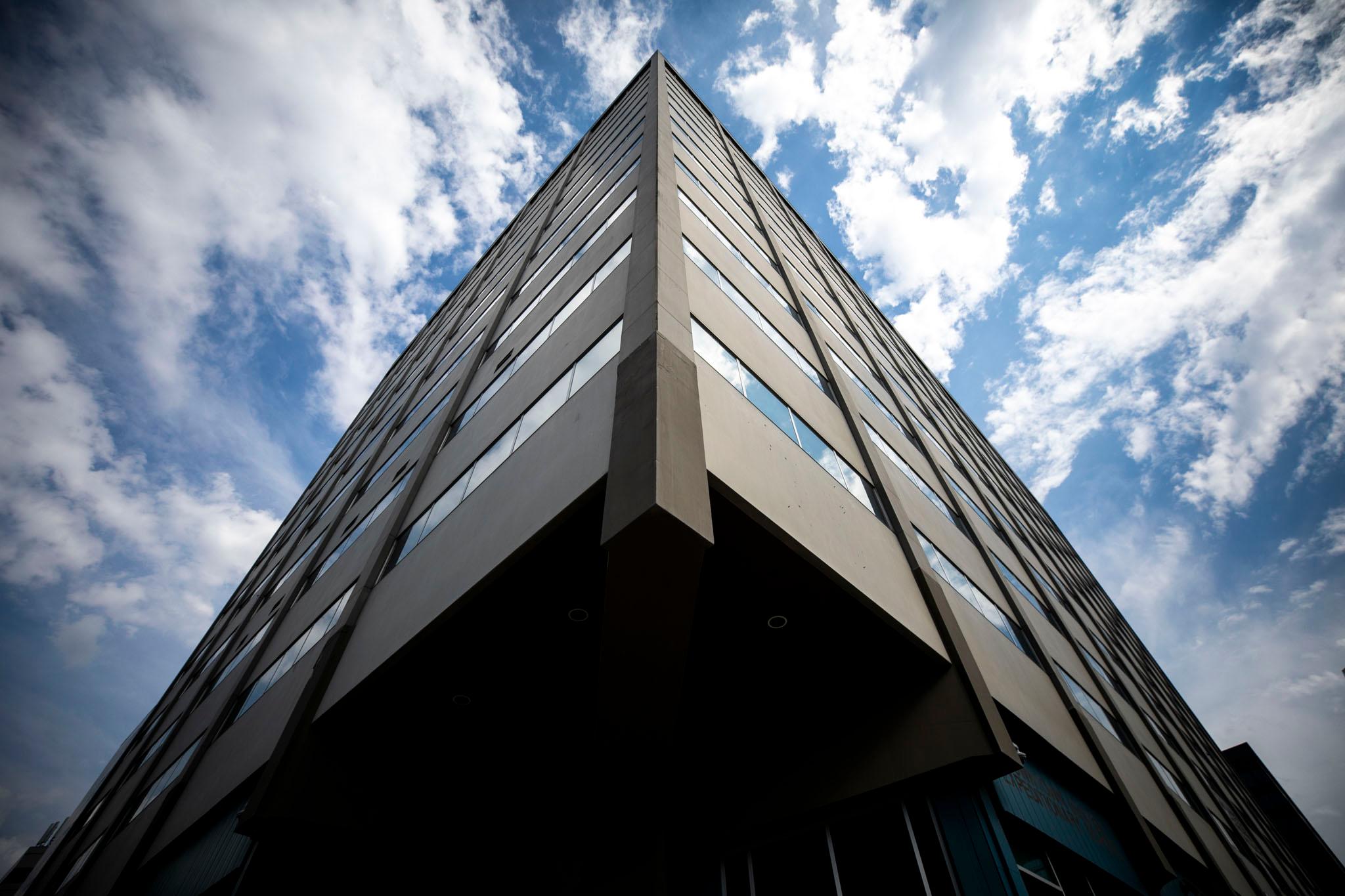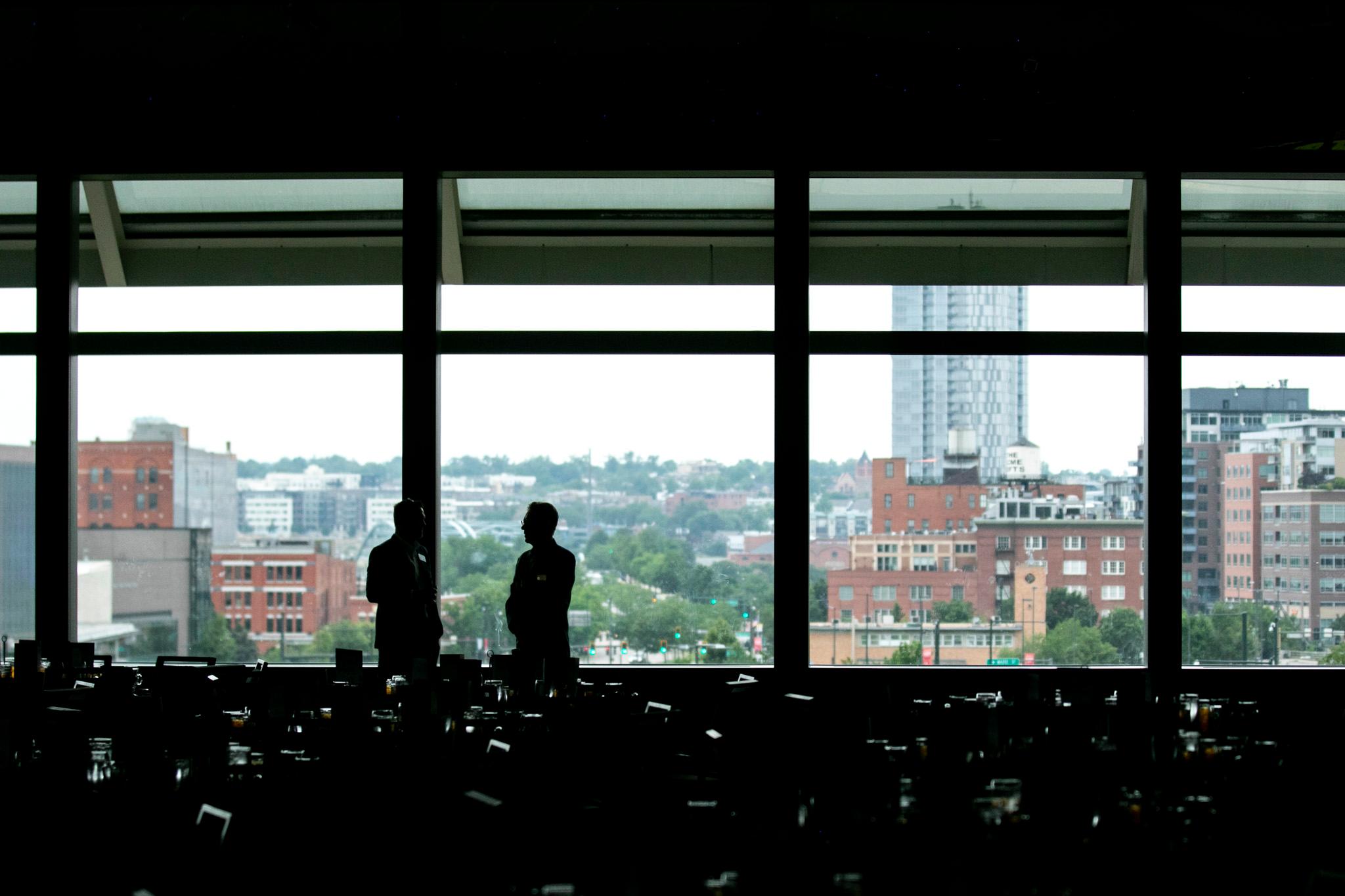On a sunny June morning, Lisa Yemma led two families up a trail into Apex Park in Golden. This was no ordinary hike.
"Scientists are really good at making observations. I want you to look around this area," she said, passing Heritage Square amusement park with four elementary school students in tow. "It’s really easy to notice the people and the power lines and the modern things, but I want you to think back before electricity was here."

Back then, before white settlers built a village here, this place was the start of a major thoroughfare that Native American tribes crossed from the plains to the mountains. The Apex Gulch nearby was the opening in which those people began to ascend into the high country.
Yemma led her group over to a ridge nearby where the kids looked out to see Denver in the distance and, right below them, an archeological dig site buzzing with activity.

This site is known as Magic Mountain, named for a failed Disney-style amusement park that predated the also-struggling Heritage Square. The work this summer is the second excavation led by Michele Koons, a scientist with the Denver Museum of Nature and Science, but there have been excavations here as far back as the 1930s.
Today, much of the work here is done by volunteers and families, like Yemma's tour group. They dig into an array of holes in the ground, millimeters at a time, in search of stone and bone tools. All this work is scientifically valid and crucial for Koons' team to keep a fast pace. The bits and pieces volunteers and visitors have found here are helping to create a timeline of events at the gulch stretching back 7,000 years.
It's "awesome," Koons said, "because little kids were finding projectile points and pieces of ceramics. That's going into the museum."

By analyzing their findings, Koons' team can determine where native peoples were coming from and where they were going. Bits of rock that might not be found on the Front Range point to mobility patterns and trade. Much of Koons' research focuses on the Early Ceramic Period, about 1,000 years ago, when tribes were beginning to settle down in the area, a transition from a more nomadic lifestyle.
Koons believes Magic Mountain was a winter camp, probably a place where tools like arrowheads and grinding stones were manufactured. The people she's studying were here so long ago that she can't say with certainty which tribes might have used the site.

While her study is an important step to advance Front Range archaeology at large, Koons said it's also a big deal for her to work on something that locals can get their hands on.
"I’ve always enjoyed having a community project going on," she said. "I think it’s really important to connect the people who live in a place with the ancient past."
Debbie Budden, who took Yemma's tour, lives just a few minutes away and agreed.
"I think it’s amazing," she said, even more so, "because it’s our backyard."
Budden said she likes giving her kids an idea of how "lucky" they are to live in an era with modern convenience. Plus, she said, learning the history "gives different context to where we live."
There's still time to take a tour of the site this summer. Koons' team will be digging July 5-14. You can sign up to join them at the museum's website.






















